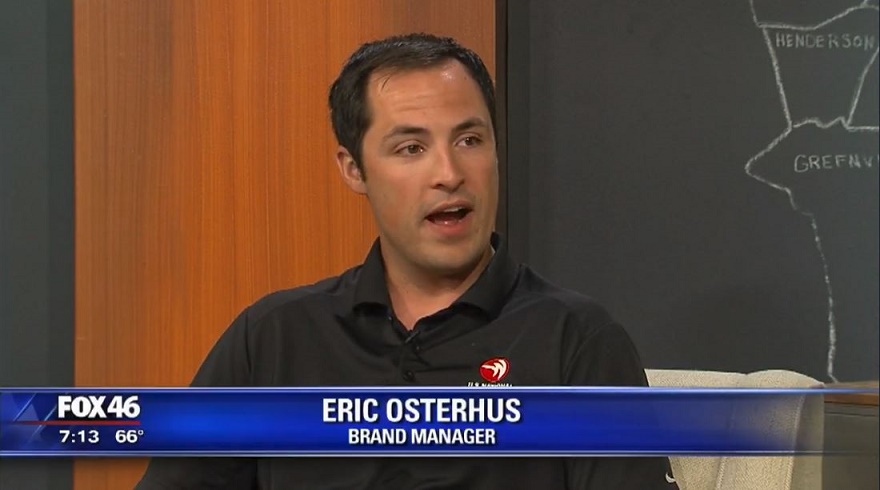Crisis often presents itself in unexpected ways, at unexpected times, in unexpected places.
Before joining the team here at PivotPR, I had the opportunity to serve as Brand Communications Manager for the U.S. National Whitewater Center (USNWC). In addition to being an incredible place to call my office, the USNWC provided many opportunities to put my PR and communications skills into practice. One day I would be pitching story ideas to outdoor industry publications, and the next I would be giving media interviews to promote an upcoming trail race or climbing competition.
It also presented a swift and unexpected entry into the world of crisis communications. During the summer of 2016, we received notice of a young lady who had passed away from a rare form of meningitis contracted by a waterborne pathogen known as Naegleria fowleri. The young lady had recently visited the USNWC where she participated in water-based activities, which is how we became associated with the unfolding story. It did not take long for media interest to develop, considering this waterborne pathogen is colloquially referred to as the “brain-eating amoeba”. Whether or not her visit to the USNWC was ultimately connected to her passing, we found ourselves at the center of a media firestorm on a local, national, and international level virtually overnight.
Information began surfacing quickly from various sources including the Centers for Disease Control, the Mecklenburg County Health Department, and others. While we were in constant contact with these organizations, media outlets were eager to acquire and disseminate as much information as quickly as possible. Our goal was always to maintain the public’s trust through open dialogue and clear communication. We leveraged a straightforward communications approach which, in hindsight, can be summarized in one very simple word: ACT.
Authenticity – Every brand has its own voice, and we were no exception. We knew how we had created our voice through public dialogue over the years, and we felt it was essential to maintain that amid these circumstances. This was no conversation about one of our races or festivals, but it was a conversation between the same organization and many of the same audiences. We were not interested in shifting our voice to meet the scenario, but instead addressing the scenario with the authentic voice our community had already come to recognize.
Consistency – In the midst of receiving pressure from various media outlets to provide rapid and immediate responses, we felt the best way to maintain a consistent dialogue was through written statements that we would publish promptly on our website, then distribute through the appropriate channels. This meant the concerned community member would have the same access, at the same time, to the same updates as the national media outlets.
Transparency – We continually received updated facts and information, and we were eager to provide them to the people they would impact: our guests and our community. We were intentional about taking the necessary time to collect the most complete and accurate details before drafting a public statement, while remaining transparent with the public by addressing their questions and concerns with the most pertinent information.
No company or organization can predict every possible crisis they may encounter. Unexpected circumstances can always arise, but having a clearly defined voice and strategic communications approach can provide an essential foundation when it’s time to act.
